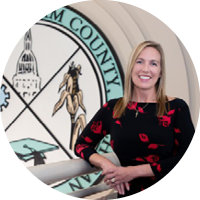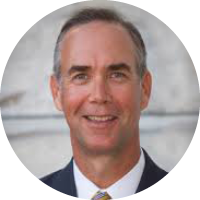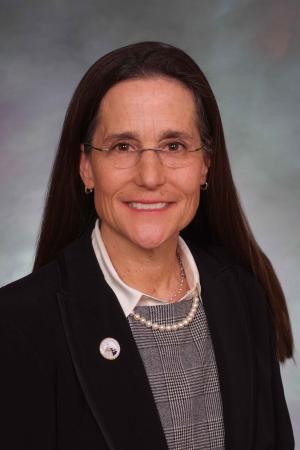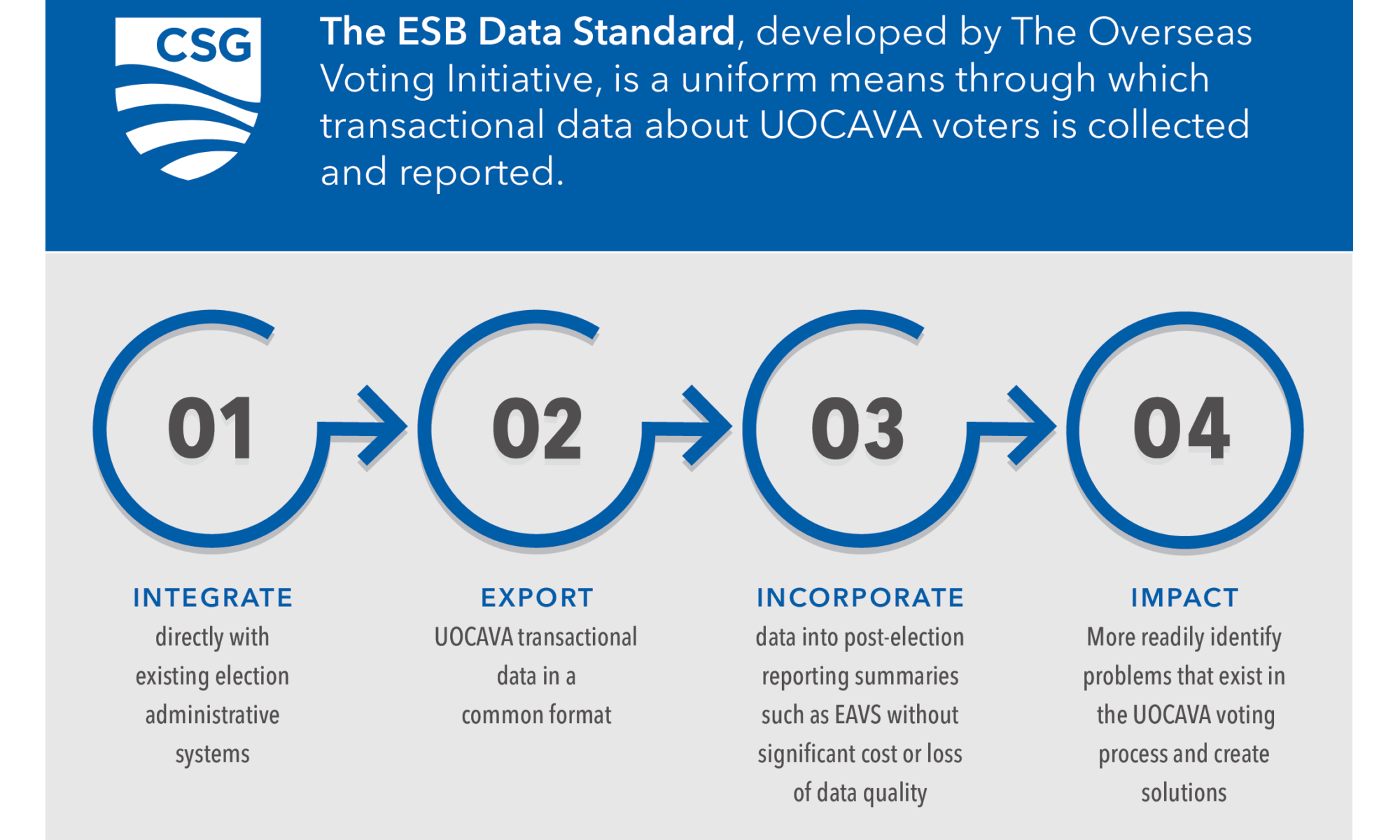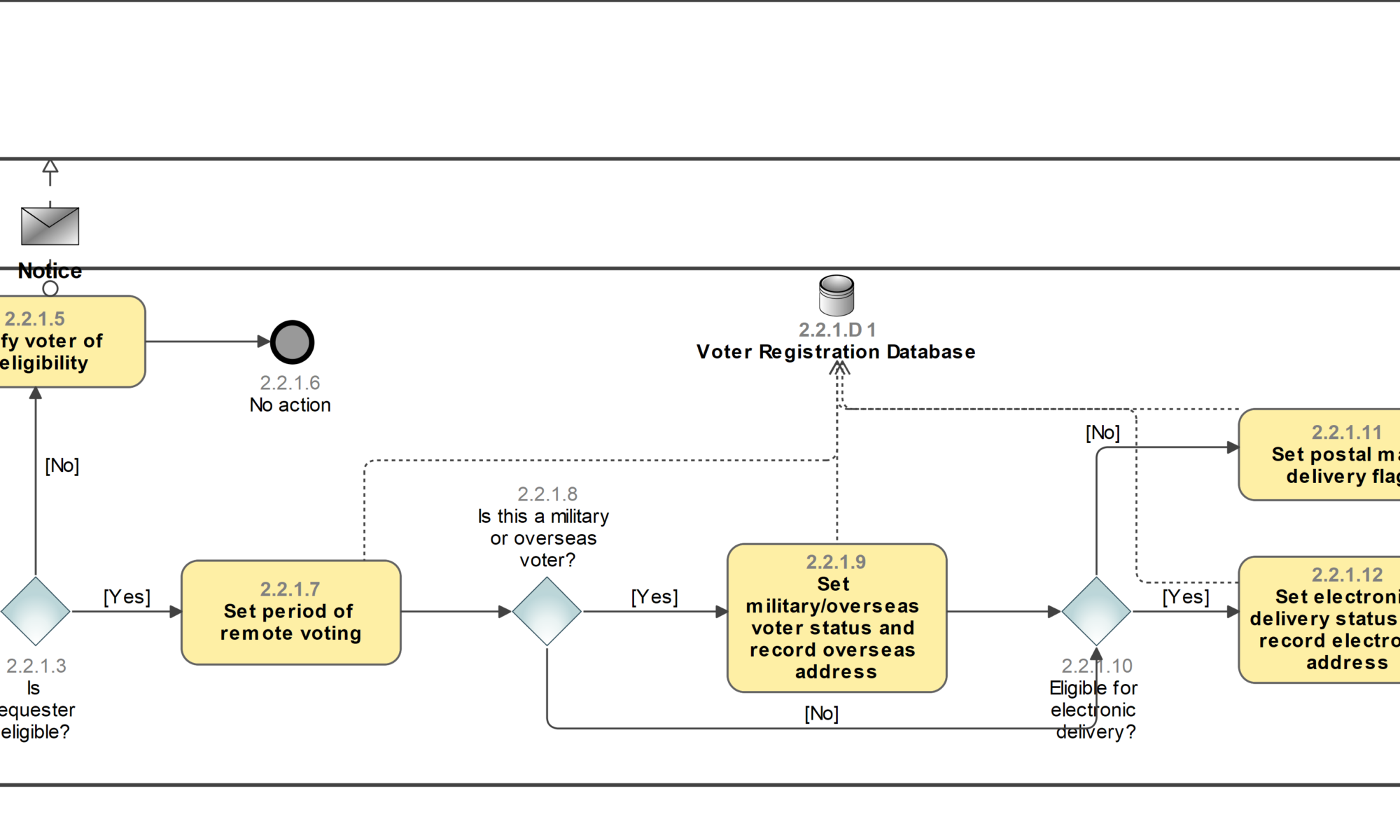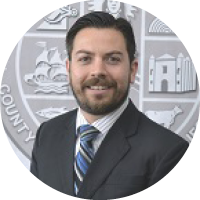
Following years of strained resources and stagnant budgets, officials in Los Angeles County (County) were challenged to administer elections to an increasingly large and complex electorate. At the forefront of these struggles were the inefficiencies posed by the County’s aging voting system. Originated in the 1960s, the hardware and underlying systems used to build the County’s voting system had become outdated and inflexible, putting stress on election officials and limiting the voter’s experience.
Beginning in 2009, the Registrar-Recorder/County Clerk (RRCC) sought to overhaul the County’s dated system and bring the voting experience into the 21st Century. Upon partnering with the Voting Technology Project (VTP) and securing financial support from the James Irvine Foundation, the County launched the Voting Systems Assessment Project (VSAP). Through this project, the RRCC intended to modernize the voting experience in Los Angeles County by researching, designing, manufacturing and implementing a new voting model with the systems to support it.
At the time of the Project’s inception, Aaron Nevarez was working as a Policy Deputy for a member of the Los Angeles County Board of Supervisors where he served as the Supervisor’s liaison and provided policy oversight to several County departments, including the RRCC. Shortly after the VSAP was underway, Nevarez became the main party responsible for fostering communication between his office and the RRCC project team. Through this role, he developed a deep understanding of the VSAP timeline and its overall goals.
As a long-time public servant, Nevarez quickly became invested in the VSAP’s mission of putting the voter experience at the center of the system’s design. When selecting a new voting system, election administrators often solicit proposals from technology vendors through a competitive bidding process. Following a lengthy trial period, the RRCC was to then select the system that best meets the needs of their jurisdiction. The County, however, found that no existing commercial off the shelf system met the complex needs of the County and therefore elected to chart its own path by designing and developing its own system.
For Nevarez, the VSAP’s unique approach to developing the County’s new voting system presented him with the kind of opportunity that had long driven him to pursue a career in public service. “When I started out in public service, I was focused on how I, as a small component of this system, could help make the lives of the public better,” Nevarez said. Not only would joining the VSAP team allow him to positively impact the lives of the County’s current voters but those of future voters as well. As such, shortly after the project entered its third phase of development in 2015, Nevarez joined the RRCC as the Division Manager for Governmental and Legislative Affairs.
As Division Manager, Nevarez was principally responsible for working with elected officials to secure funding for the VSAP and ensure the RRCC’s proposed changes to County voting procedures were aligned with California regulations. According to Nevarez, his commitment to addressing underserved groups of voters and his ability to garner stakeholder buy-in largely contributed to his success in this position. Recognizing his dedication to the VSAP, the RRCC later asked Nevarez to assume the role of VSAP Project Director and Assistant Registrar-Recorder/County Clerk of Election Operations & Logistics.
As Assistant Registrar-Recorder/County Clerk, Nevarez never strayed from his commitment to serving the County’s voters. Focus groups, community discussions, and VSAP advisory group members were convened to learn about the electorate’s voting experiences and opportunities for improvement. The experiences of voters with disabilities and those with limited English proficiency were at the forefront of the RRCC’s research into the key functionalities of the prospective voting system.
Based on these conversations, Nevarez and his colleagues placed customizability of the voting system at the forefront of their concerns. They found that voters with disabilities and limited English proficiency were often unable to cast their ballot independently and privately. “What we really focused on was the fact that no voter should have to disclose anything about any disability they have,” explained Nevarez. As such, the design team ensured the new system supported plain language and was intuitive, user-friendly, and accessible to all. They also incorporated the opportunity for voters to easily correct any errors that appeared on their ballot prior to submission.
Following the initial design phases of the VSAP, Nevarez took on project management responsibilities for the RRCC’s efforts to manufacture and implement the new voting system throughout the jurisdiction. With more than 500 political districts and almost 6 million registered voters, the process of rolling out such sweeping election reforms was no simple task. Numerous workshops and demonstration centers were established within local communities to educate the public on new voting equipment and modified procedures. As part of these efforts, a two day Countywide mock election was held at approximately 50 vote centers to effectively imitate the experience voters would encounter on election day. Nevarez also attended local city council meetings to make sure local government officials understood the changes being implemented.
In conjunction with the County’s efforts to design the new voting system, Nevarez was an instrumental member of the legislative working group and community engagement team that helped draft and pass the California Voter’s Choice Act (VCA) in 2016 which supported the new VSAP voter experience by expanding voting options. This legislation authorized a local option for adoption of a voting model that allows voters to choose how and when to cast their ballot in a way that is most convenient for them; a foundational principle in the VSAP initiative. With enactment, every voter in LA County receives a mail ballot and can return their ballot either via mail or hand delivery to any of the County’s drop boxes or vote centers. Voters also were permitted to cast their ballot in person at the vote center most convenient for them.
To ensure the convenience afforded to voters in the VCA transferred from paper to practice, Nevarez and the County’s project team directly engaged with the electorate to formulate the County’s implementation strategy. Through surveys and additional focus groups, the RRCC developed an understanding of the challenges that geographic isolation and limited access to private transportation posed to their voters. In response, plans were developed to deploy mobile vote centers to serve rural voters in isolated parts of the County and officials worked with geographic information system experts to locate vote centers close to key public transportation routes.
As Nevarez’s work demonstrates, he is tireless in instituting voter-centric reforms to the conduct of elections in Los Angeles County. When faced with the difficult decision of whether to choose administrative efficiency over the needs of voters, Nevarez is yet to set aside the interests of the public. The many negotiations the County has undertaken to make the VSAP a reality – and the execution managed by Nevarez and the project team — are not only evidence of his fulfilled commitment to the public interest but success as a leader and administrator.




